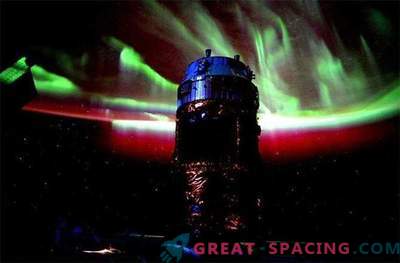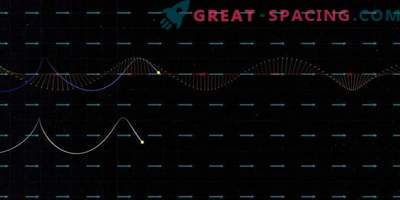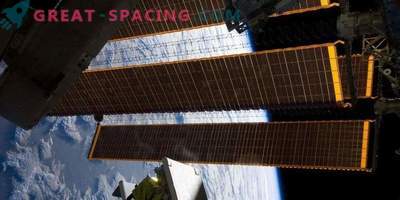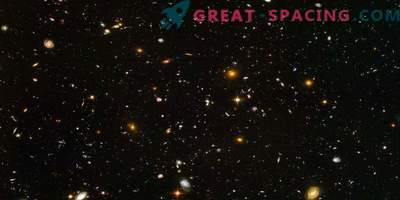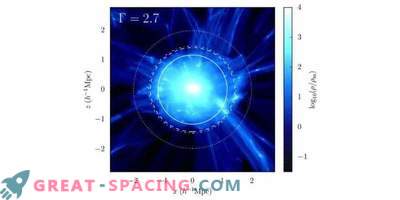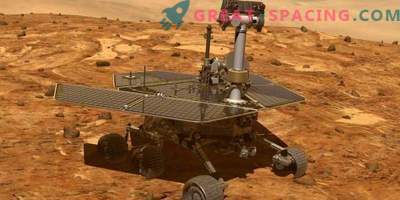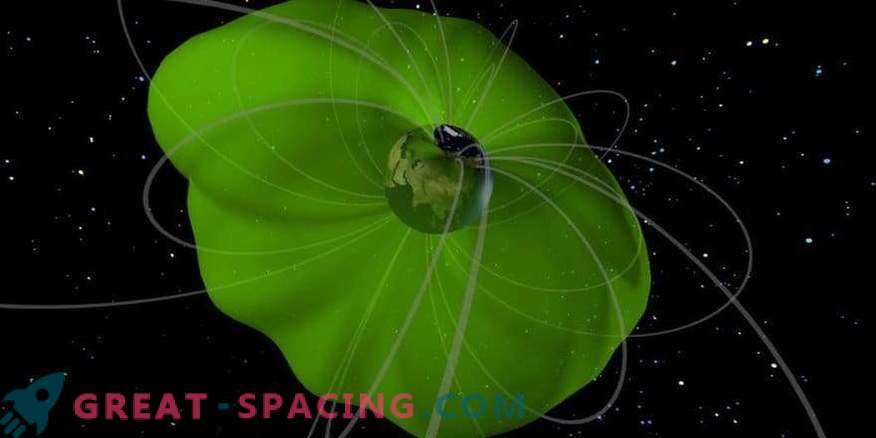
Oblique view of the plasmasphere created from IMAGE data
On January 20, 2018, amateur astronomer Scott Tilly managed to capture an unexpected signal coming from a NASA IMAGE satellite lost in 2005. On January 30, engineers confirmed that it was their satellite. Now researchers receive data that the device has collected for almost 6 years.
The IMAGE mission started on March 25, 2000. It was the first project that was going to use a neutral atom, photons and radio images to form large-scale simultaneous measurements of charged particles located in near-Earth space. More specifically, they are located in the magnetosphere and magnetic fields.
IMAGE is an important mission that allowed us to get a broad perspective on the environment of our planet and the constantly changing magnetosphere. Initially, it was calculated for 2 years, but it was extended twice. The connection disappeared unexpectedly on December 18, 2005.
Among the possible causes was called a power supply to the transmitter controller, or a collision with a high-energy cosmic ray. They also assumed the passage through a sharp change of energy. However, in 2007 there was an eclipse, but the device was not overloaded, therefore the mission was declared completed.
What is the mission?
The device IMAGE served as a power station. The information was collected for 5 years and led to 40 new discoveries about the Earth's magnetosphere and the plasmasphere. Many of them were based on a new visualization technique (energetically neutral atom). This method uses the fundamental physics of space. Particles with an electric charge are associated with terrestrial magnetic field lines. When colliding with neutral particles, the charged ones are able to drag neutral electrons (recharge) and become neutral.
More energetic neutral atoms lose their binding to the magnetic field and “come off”. IMAGE instruments capture neutral atoms and are used to create large-scale images of the surrounding plasma. Also used methods of UV and radio images. Thus, it was possible to confirm plasmaspheric emissions predicted by earlier models.
IMAGE created large-scale images every 2 minutes. This speed allowed the formation of frame-by-frame films capable of displaying the extensive contact scale of charged particles in near-Earth space.
Early missions were only able to capture changes in one time period. But such information is difficult to analyze and interpret, because you are never sure that the changes are due to the fact that you moved.
IMAGE didn't just provide beautiful images. This is the first mission that officially included a training and information dissemination program. The information received allowed the mission to develop and create new projects, such as MMS, operating in orbit since March 2015.










